7 Flowers You Can Plant Into Borders in March — Ideas for Instant Spring Gratification
Our expert suggestions show you how to add a gorgeous combo of pretty flowers and shapely foliage that will make borders pop in March, and shift the focus from fading spring bulbs
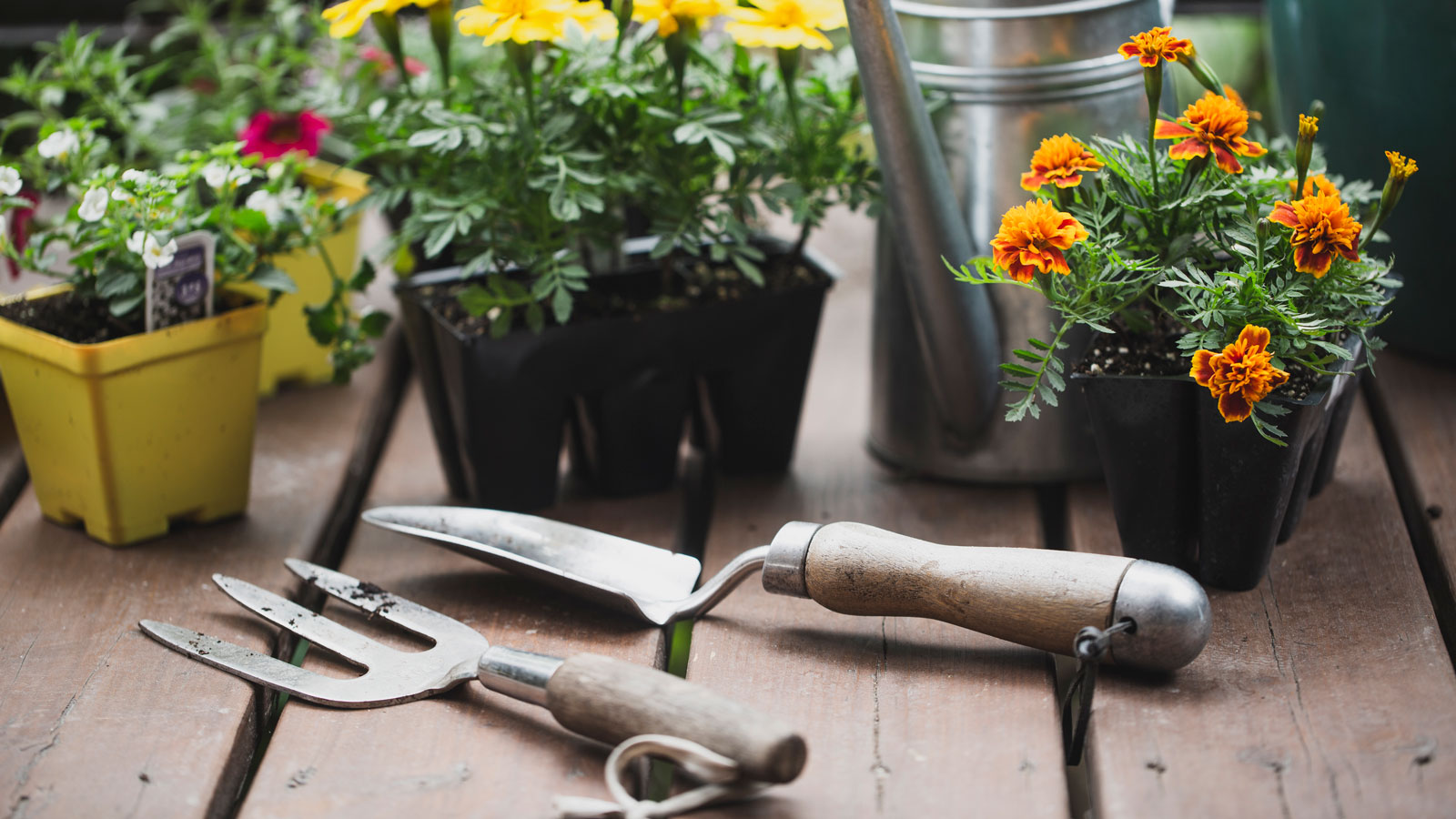
The weather is starting to warm up so at last it's time to get to work on sprucing up garden borders. If spring bulbs are starting to fade and their foliage looks messy you can pep things up with some gorgeous new plants from the garden center that will fill things out, segueing perfectly into the summer season.
Depending on your hardiness zone you could still be at risk of frost so we asked our plant experts to choose tough easy-care varieties that won't let you down. We're happy to say some of our all-time favorite flowers for modern gardens have made it on to their list too.
Meanwhile if you're an apartment gardener or limited to a balcony or roof garden so having a border is still a dream for you, then the good news is that all the plants that have been chosen work equally well in containers too. You can also start sowing seeds direct in the ground from March, so take inspiration from our suggestions for a flower-filled summer.
1. Marigolds
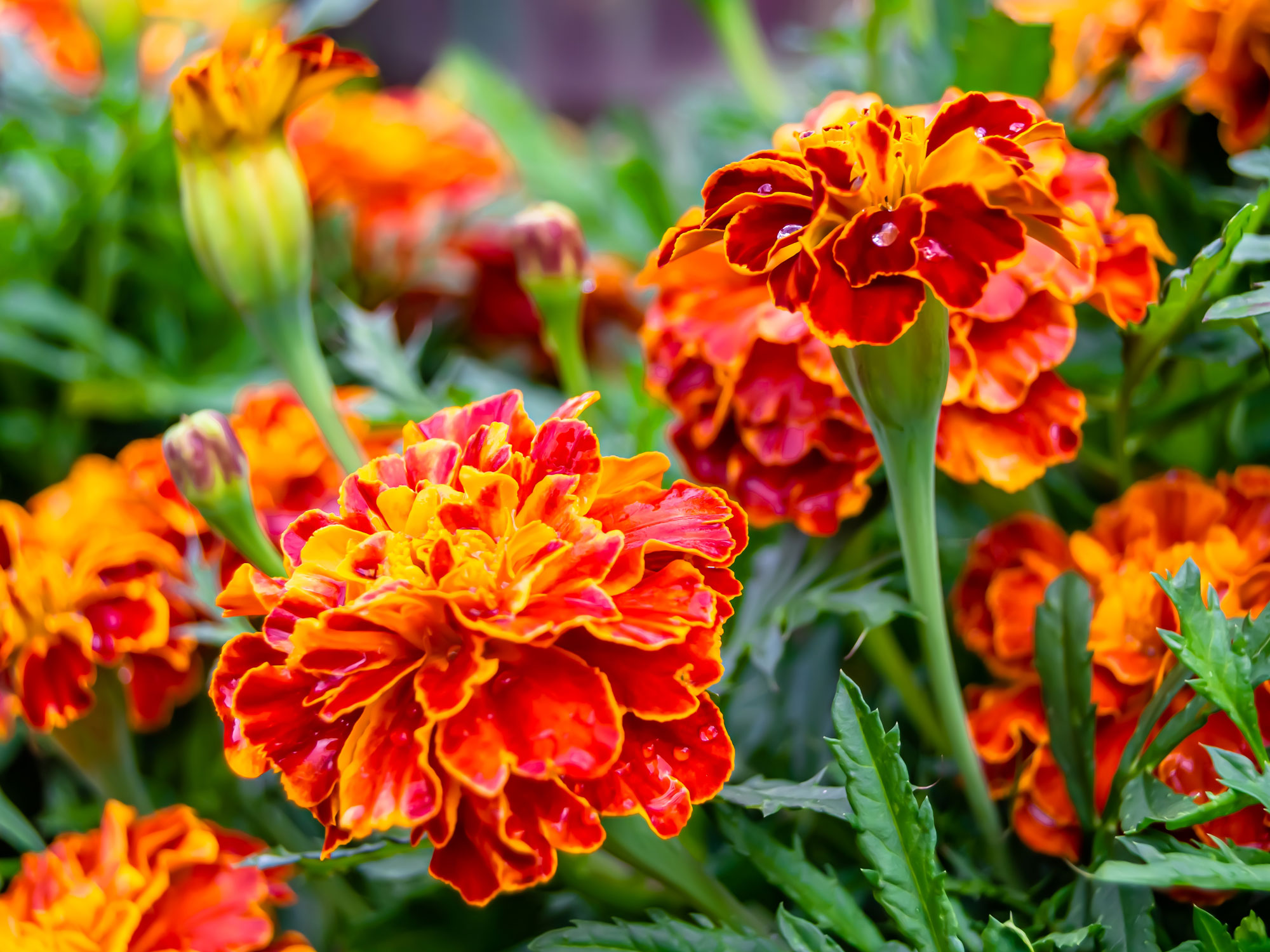
'Marigolds make the best annuals list with their easy, long blooming flowers,' says master gardener and Garden Bite podcaster Teri Knight. 'There are multiple color and height options on the market. Sun loving and super hardy, they have no insect issues. They tolerate a wide range of soil conditions and you can pretty up your salads with their petals too.'
Brilliantly-colored marigolds are favorite summer flowers for both borders and pots. They are mainly yellow and orange colors, and excellent for attracting pollinating insects.
Grow marigolds from seed, buy seedlings to grow on, or choose garden-ready plants. Plant them in beds or containers in spring after the last frost date has passed, in good soil in a sunny spot. Water during dry spells, remove dead heads to extend flowering, and remember to feed them if you're growing them in pots.
2. Dwarf pink flowering almond bush
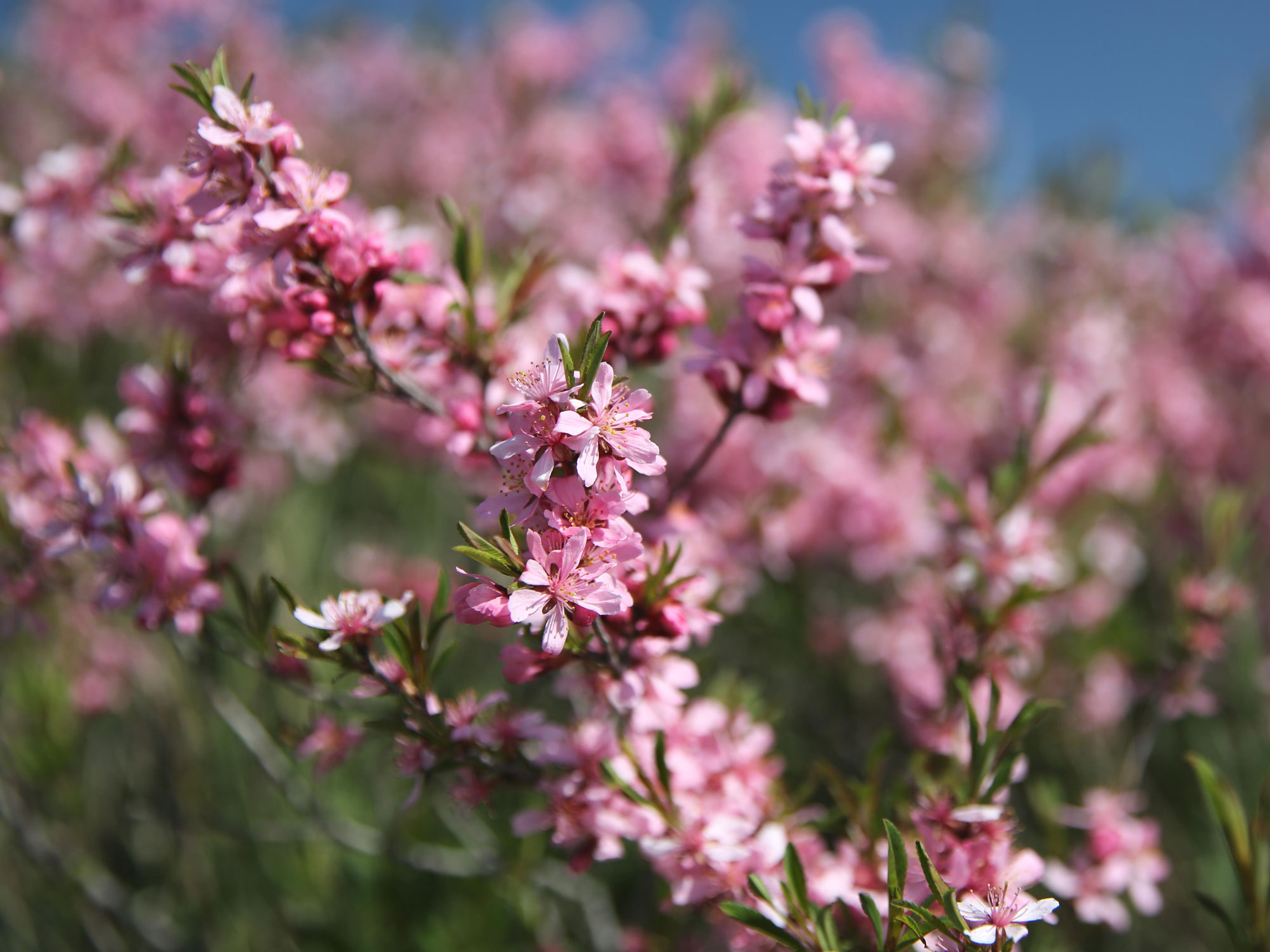
'The dwarf pink flowering almond bush is a charming small shrub that is renowned for its abundant flowers,' says Alex Kantor, owner of Perfect Plants Nursery in North Florida. 'This compact plant typically reaches a height of around 3-4 feet, making it perfect for small backyards or borders. In early spring, before the leaves emerge, it produces an abundance of double pink blooms, creating a striking display that has a light, sweet fragrance.'
The Livingetc newsletters are your inside source for what’s shaping interiors now - and what’s next. Discover trend forecasts, smart style ideas, and curated shopping inspiration that brings design to life. Subscribe today and stay ahead of the curve.
This petite cultivar slots into borders as an accent plant, where pollinators such as butterflies and bees love lingering over its blooms. You can grow this variety in full sun, or partial shade, and either plant it in the ground or in a container. It's cold hardy and adapts to a wide range of climates. There really are so many positives about choosing this plant that it should be at the top of your list of things to plant in borders in March.
3. Sedum (Hylotelephium)
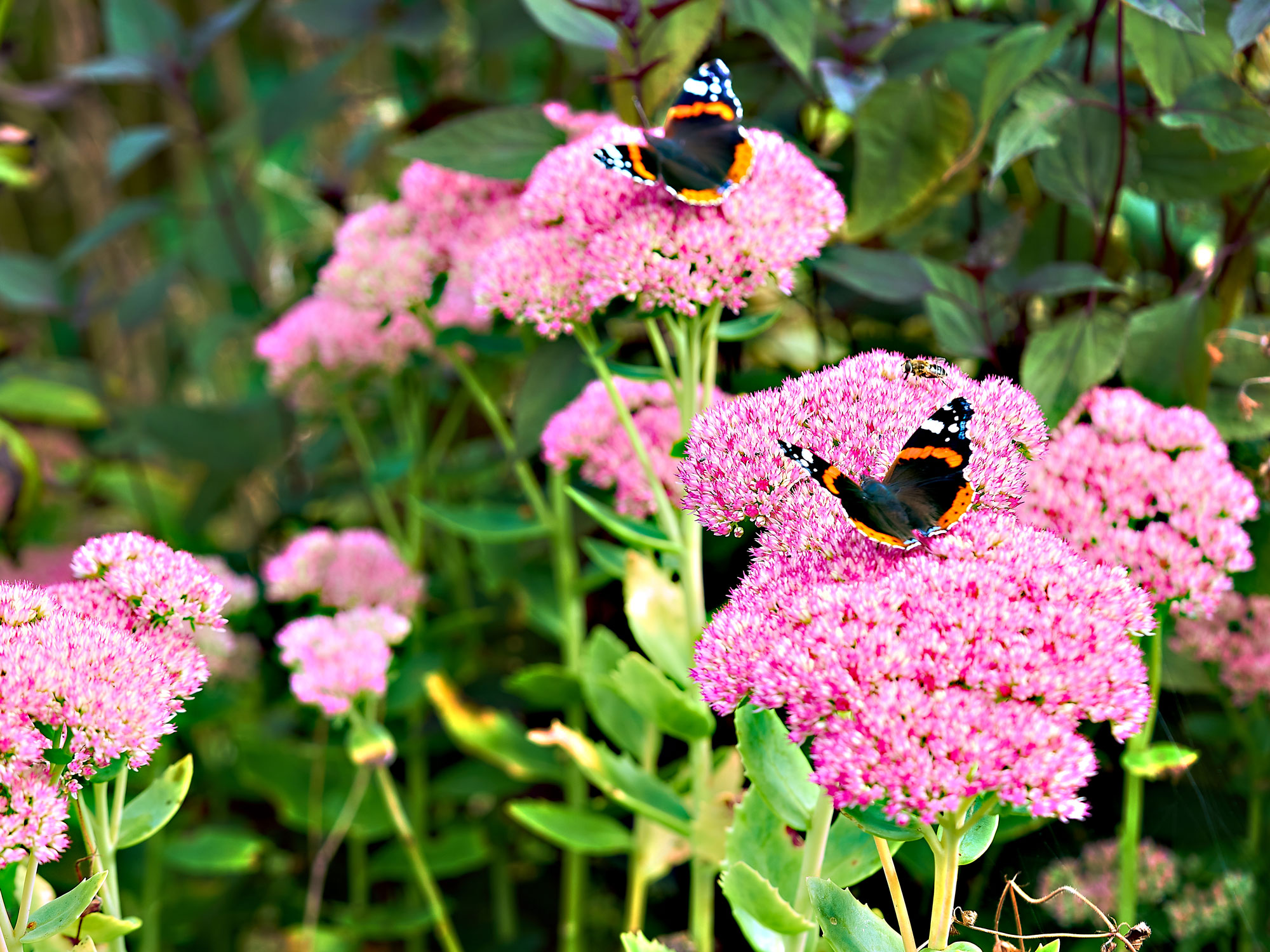
Sedum is a great choice to plant in borders in March. Provided they have plenty of sun and good drainage, these succulent plants are extremely easy to grow, and can handle sun, drought, heat, and chill. This is another variety that will also thrive in containers.
'In all its variations from groundcover to more statuesque ‘Autumn Joy’, sedum add wonderful color and texture,' says Teri Knight. 'They are perfect in dry, hot landscapes.' The large, flat flower heads of 'Autumn Joy' (which you can find at Home Depot) are dusky pink when they open, then darken to a deep dark red color in fall. While mostly pink, you can also get plum, lime and yellow colored varieties of sedum too.
Sedum will take you right through summer and into fall, so are a good choice for extending the season for pollinators. By the way, they have been officially renamed as Hylotelephium but are still widely referred to as sedum.
4. Agapanthus

If you live in a cool zone, agapanthus can be planted out in the yard in the spring after the danger of frost has passed. 'Agapanthus is a fairly tender perennial that will survive outside in warm climates,' says horticulturalist Jenny Rose Carey. 'Some cultivars have been bred to be hardy, like 'Headbourne Hybrids', which may survive outside in well-drained soil with a heavy winter mulch in zone 7.'
Select a spot with well-drained soil where your agapanthus will receive plenty of sunlight. Dig holes and plant with the root crowns facing up and level with the soil line. Water thoroughly. In cooler regions you can also protect your new plants with a heavy layer of mulch around the root zone.
Alternatively plant them solo in statement pots if container gardening, then you can cover them if spring weather suddenly turns cool. Fill tall pots with good quality, well-draining soil. Make sure the root crown is facing up and is level with the soil line. Water thoroughly to settle the soil around the roots.
The gorgeous spherical flower clusters in inky shades of blue or cool white will arrive in midsummer and they can carry on blooming into fall. The bold beauty of an agapanthus like this one from QVC will add a gorgeous note wherever you put them.
5. Loropetalum
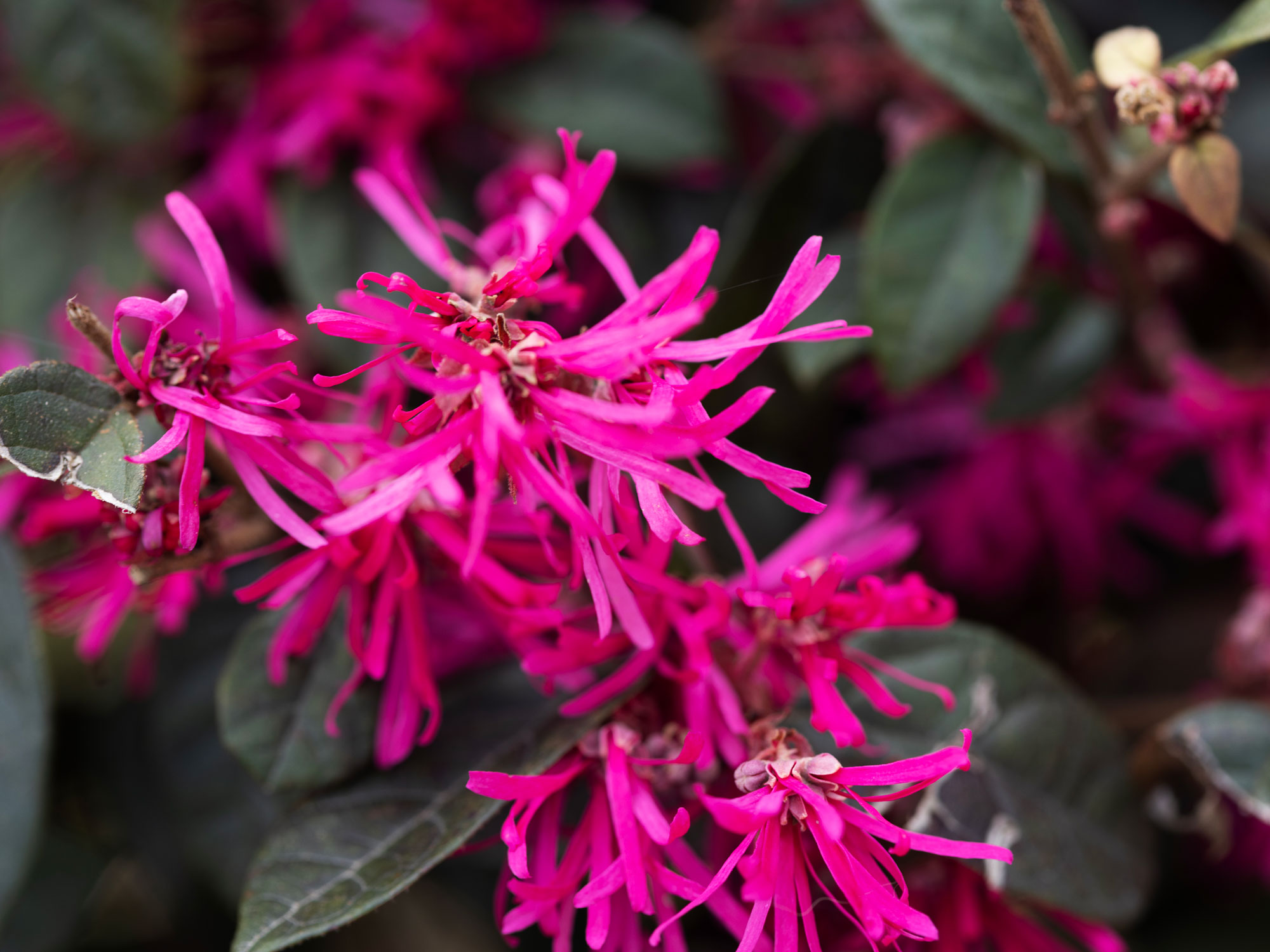
In early spring, Loropetalum produces clusters of bright, fuchsia-pink, spidery flowers, contrasting beautifully against the dark foliage, making it a captivating addition to any garden or landscaping design. Pick up a plant from your local nursery or garden center now, and you'll soon learn to love it's combination of easy-care nature and good looks.
'Loropetalum is a stunning evergreen shrub appreciated for its vibrant foliage and beautiful flowers,' says Alex Kantor. 'One of my favorites is 'Cerise Charm' (which you can find at Fast Growing Trees). This variety stands out with its burgundy-red leaves that add rich color to the landscape all year round.'
The combination of showy evergreen foliage in shades of red, pink or purple, and brightly colored flowers means it's an ornamental addition to the border that really helps to wake up the spring garden. It stays compact so is ideal for large pots as well as border planting. It likes a sheltered spot in partial shade, and grows best in well-drained soil rich in organic matter.
6. Ajuga reptans
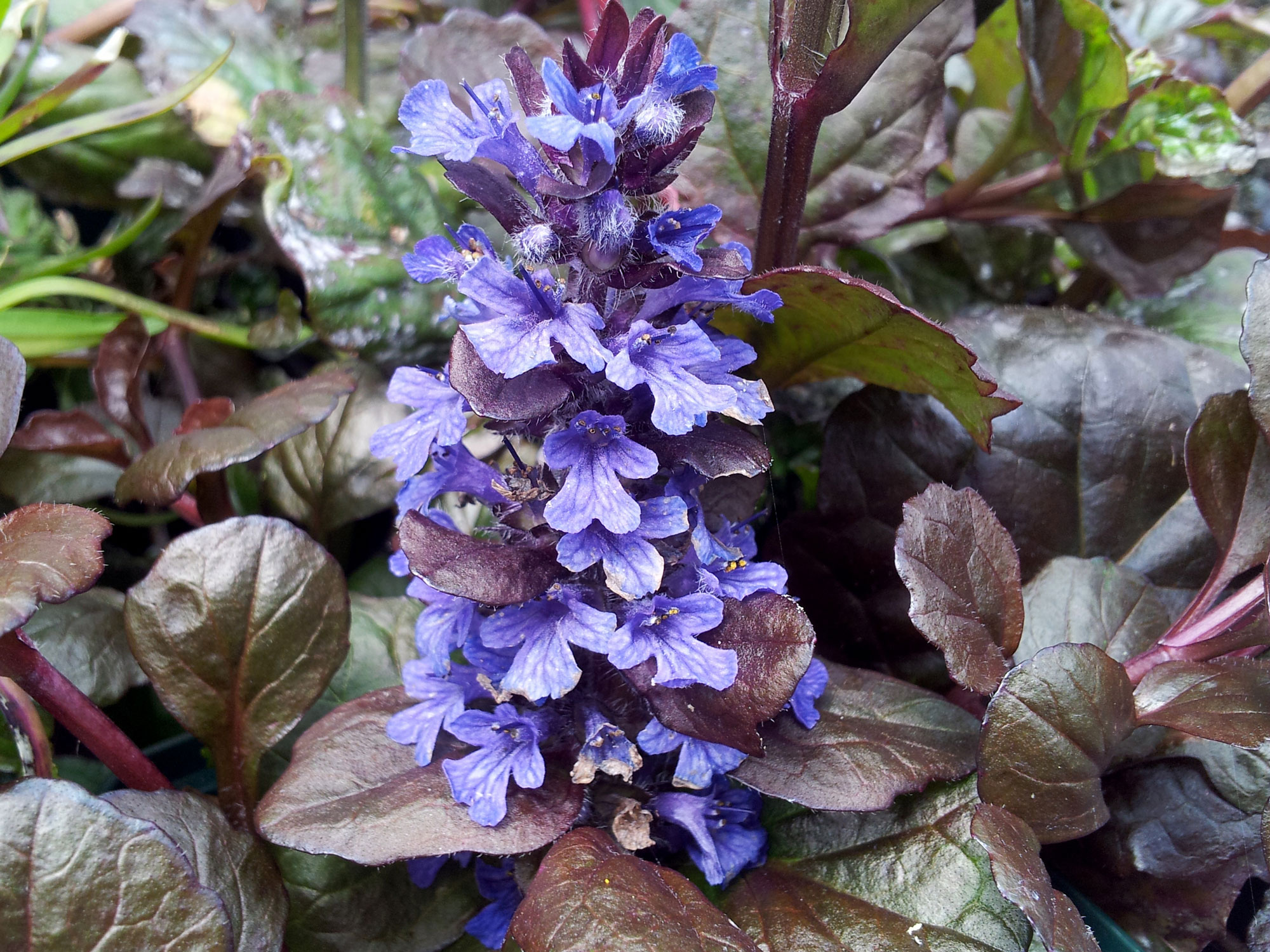
Sometimes garden borders need filling out with something stylish and unassuming, a useful addition to the planting scheme that looks good all year round. 'Ajuga reptans [also known as bugle plant] is a creeper with evergreen foliage,' says internationally acclaimed garden designer Jacqueline van der Kloet, who has worked with Piet Oudolf on innovative planting at New York's Battery Park, New York Botanical Garden, and Chicago's Lurie Garden.
'There are various species with different colors of foliage, from dark green to deep red. One of the prettiest is 'Catlin's Giant' (which you can find at Walmart), which grows to a height of 12 inches with deep blue flower spikes.' Ajuga plants are available in garden centers and nurseries now, as well as specialist nurseries and online.
Plant Ajuga reptans in early spring to enable the root system to become established before summer. A spot in partial shade encourages the best foliage color and size. Growing in full sun results in smaller leaves which can be susceptible to scorching, and full shade will mean less flowers.
Jacqueline's latest book Growing Bulbs in the Natural Garden can be found here on Amazon, and is packed with inspiration for the spring garden.
7. Geranium macrorrhizum
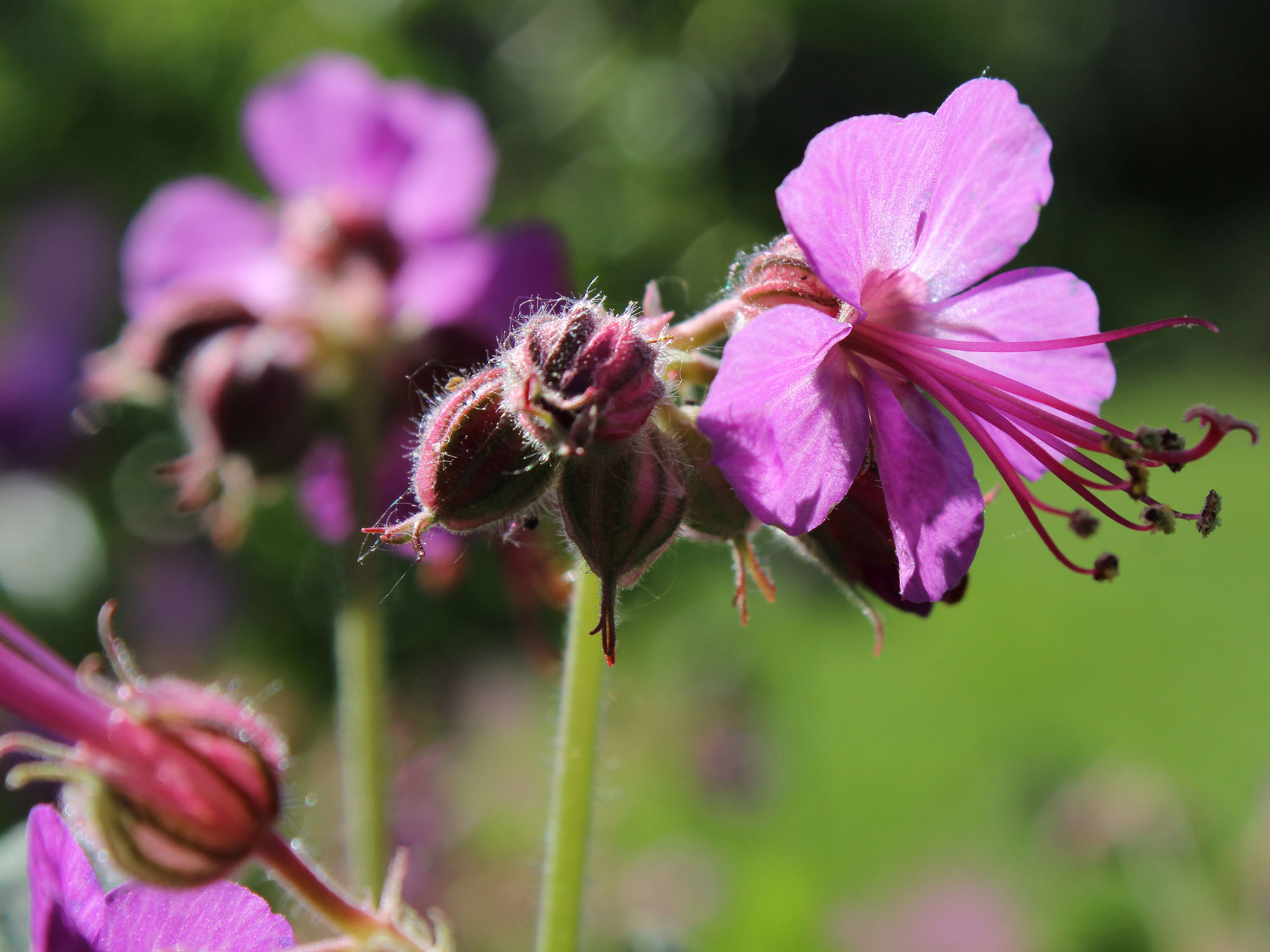
'Geranium macrorrhizum is a species of cranesbill [the 'big root' or 'Balkan' variety] that buds very early and already has leaves by March,' says Jacqueline van der Kloet. 'It stays modestly in the background, and will grow pretty much anywhere, so forms an excellent basis for colorful bulbous plants such as large-flowered crocuses, daffodils, and early miniature tulips.'
Pick up plants from garden centers now. This is a great choice for city and courtyard gardens as it does well in dry shade, and in fact any type of shade. It grows in any moderately fertile soil but doesn't like being waterlogged.
It's a great asset for the border. The small pink flowers bloom from May until September, while the aromatic semi-evergreen foliage spreads quickly so will suppress weeds for most of the year. It's also invaluable for hiding the foliage of spring bulbs as they die down.
What flower seeds can I plant outside in March?
Seeds of some of our favorite flower varieties can be planted outdoors in March. This means you will get a head start on filling flowerbeds with beautiful blooms for summer. Choose hardy annual varieties that are tough and can take cooler temperatures but look out for frosts and cover seeds accordingly if a cold snap threatens. You will need to water your seeds regularly too, especially during any dry periods. Here are 7 of our favorite flower varieties than can be sown outdoors in March.
- Sweet peas – if you didn't get round to planting sweet peas indoors you can plant them outside now directly into a border or container with an obelisk or other framework for them to scramble up. Sow seeds 1/2 inch deep in finely raked, moist soil where the plants are to flower.
- Sunflowers are great for the back of borders. Sow the seed thinly 2 inches deep into finely raked, moist soil where you want them to grow. Germination usually takes around 10-15 days.
- Poppies are another easy flower to grow that you can start outside in March, and will grow readily in most garden soils in a sunny position. Sow the seed thinly 1/4 inch deep into finely raked, moist soil. Germination usually takes around 10-14 days.
- Zinnias are prolific flowerers that make borders pop. Choose a sunny position and sow thinly 1/4 inch deep into finely raked, moist soil. Germination takes between 10-21 days.
- Stocks can be direct sown outdoors where you want them to grow from March to May. Choose a position in full sun on any well-drained soil that has been raked to a fine tilth. Sow seeds thinly, at a depth of 1/4 inch in drills spaced 6 inches apart. Germination usually takes between 14-21 days.
- Nasturtium can be sown outdoors where they are to flower. Sow seeds 3/4 inch deep, in rows 12 inches apart. Growing nasturtiums is easy and once established they require little attention.
- Cornflowers look great mixed in with poppies. They can be sown straight in to the ground where they are going to flower. Rake the soil to a fine tilth and sow seeds 1/2 inch deep. The rows should be spaced about 12 inches apart.
Lifestyle journalist Sarah Wilson writes about garden design and landscaping trends. She has studied introductory garden and landscape design, and also has an RHS Level 2 qualification in the Principles of Plant Growth and Development. She is a regular contributor to Livingetc.com, and also writes for Homes & Gardens, Country Living, Country Homes & Interiors, and Modern Gardens magazines. Her first job was at Elle magazine, during which time a trip to the beautiful La Colombe d'Or in St-Paul-de-Vence led to an interest in writing about all things botanical. Later as lifestyle editor at Country Homes & Interiors magazine one of the highlights were the run of captivating country gardens that were featured.